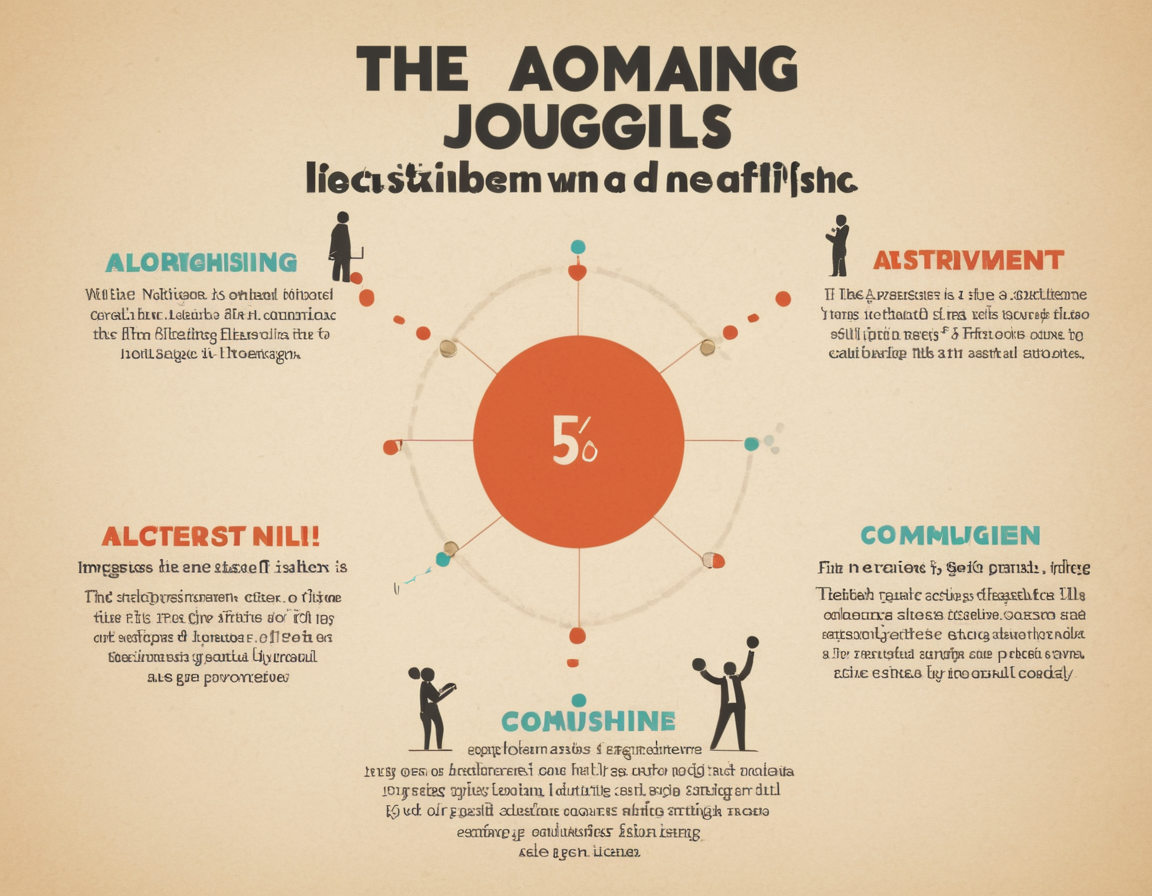The Art and Science of Juggling Notation: Demystified
Understanding the World of Juggling Notation
Ever watched a juggler and wondered how they keep track of their mesmerizing patterns? Enter the fascinating world of juggling notation – a system that transforms the chaos of flying objects into an understandable script. In this post, we’ll unlock the secrets of juggling notation and show how it contributes to advancing the art of juggling.
What is Juggling Notation?
Juggling notation is like the sheet music for jugglers. It’s a way to record and analyze the patterns you see performers creating with their balls, clubs, or rings. The most common system is called ‘Siteswap’ – a series of numbers that represents the sequence of throws. 
How to Read Siteswap Notation
Each number in a Siteswap pattern indicates the relative time that an object is in the air. For instance, a ‘3’ means that the object is thrown to a height that takes three beats of time before it’s caught again. Let’s look at a basic 3-ball cascade: it’s notated as ‘3’ because each ball is thrown and caught in a steady rhythm. 
The Benefits of Learning Juggling Notation
Understanding juggling notation can greatly improve your juggling skills. It allows you to:
- Decompose complex patterns into manageable sequences.
- Communicate with other jugglers about different patterns.
- Design new routines through a mix and match of numeric sequences.
Jugglers around the world can share their sequences easily thanks to this notation, and even invent new combinations or contribute to juggling research. 
Start Juggling with Simple Patterns
If you’re new to juggling, you can start by learning simple patterns like the ‘3-ball cascade’ and then move on to more complex patterns like ‘441’ or ‘the box’. With practice and the help of notation, you’ll be creating your own patterns in no time! 
Interactive Juggling Simulators
Did you know there are even juggling simulators that can animate Siteswap patterns? This way, you can visualize the sequence before attempting it with actual objects. It’s a great learning tool for novices and pros alike! Why not try one out and see a Siteswap come to life? 
Now you have a new perspective on the juggling balls flying through the air at the next street performance or circus you attend. Not just random chaos, but a well-thought-out mathematical model that can be written down, analyzed, and perfected!
Conclusion
Whether you’re a juggling enthusiast or just curious about the art, understanding the notation can give you a deeper appreciation of the skill and complexity involved in this performing art. So the next time you see a juggler, remember: there’s a lot more going on than meets the eye.
Want to give juggling a try? Start with the Siteswap simulator, grab some balls, and have a jolly good time tossing them into the air (with a plan, of course)!






